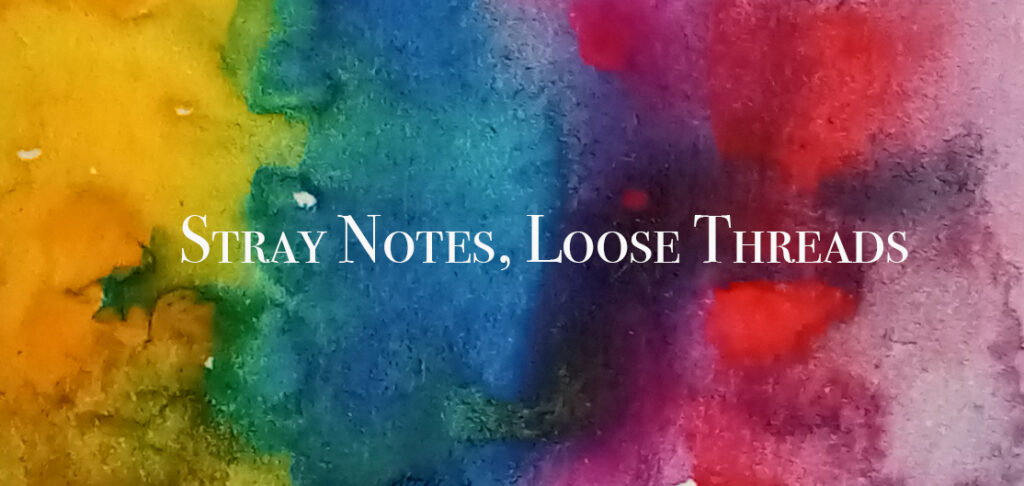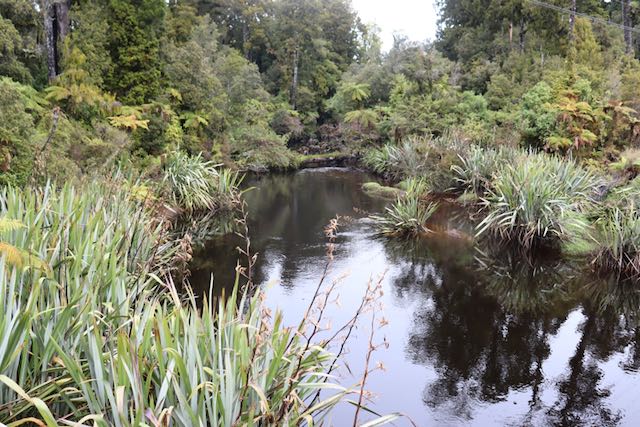New Zealand Aotearoa (for those of you who do not know how to pronounce it try Ow-tay-ah-raw-ah) is famous for its amazing scenery, and here in the South Island on the West Coast there is lush forest and dense jungly growth.
This cloak of green has come about because of the high rainfall in the area. As the winds blow in from Australia or circle down from the tropics or come up from the South Pole, they cross the vast ocean and pick up moisture. When they hit land and are stopped in their tracks by the Southern Alps/ Kaa Tiritiri-o-te-Moana, the mountains force these winds upwards and the result? Lots and lots of rain. On the Coast 3 metres falls each year and that, in the mountains, falls as snow, producing the iconic, much-photographed scenes that typify the winter in this country to the delight of skiers. You can see what is currently happening on this map.
During the 19th and early 20th Century the land looked very different. Gold mining, sometimes using sluices, and coal mining, had denuded vast areas, and logging led to the loss of some of the largest and oldest trees. In this painting by Charles Heaphy of miners in the North Island you can see a large kauri tree lying on its side, felled to make a clearing for gold mining. Fortunately the bush here grows very quickly and secondary growth forests have covered some of the damage so now there are lots of places that look like the photograph at the top of this article.
Tapa or barkcloth is frequently mentioned on the blog. In other parts of the world trees are being used to make fibres and cloth, used as substrates for paintings, or pounded to make tapa. With so many trees in Aotearoa it would be reasonable to expect that tapa would be made here but it is not. The native trees are not suitable for making barkcloth – substitutions have to be made – and paper mulberry, the basis of Polynesian tapa, was introduced but did not thrive in the cooler climate of the islands.


Leave a Reply